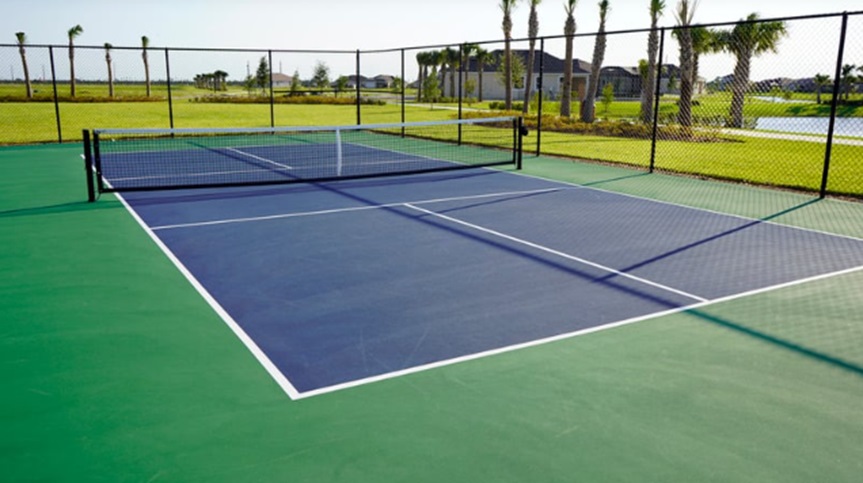
Everything You Should Know About Tennis Court Construction for Your School or Club
Planning a new facility for student-athletes or members? Opting for tennis court construction in Georgia is a long-term investment in athletic performance, community engagement, and property value. Whether you’re building for a school, sports complex, or private club, there’s a lot to consider before the first layer of asphalt or concrete is poured.
From design to surface materials, drainage to fencing, each choice impacts durability and user experience. Here’s a comprehensive breakdown of what you need to know before beginning your tennis court construction project.
Site Evaluation and Preparation
Before anything is built, the construction team will assess the proposed site. Factors such as soil composition, grading, drainage flow, and space constraints are all considered. Poor site preparation is one of the top reasons courts fail prematurely, so this foundational step should never be overlooked.
Proper grading ensures water runoff doesn’t accumulate on the surface, while soil stabilization helps prevent shifting that causes cracks or dips over time. Accessibility and orientation also matter—north-south alignment reduces glare and sun exposure during matches.
Choose a Surface That Matches Your Needs
When it comes to surfacing, most schools and clubs opt for asphalt or post-tension concrete. These provide durability for frequent use and support a high-quality acrylic coating, which offers traction, bounce control, and weather protection.
The surface design can also be tailored to accommodate multiple sports. If your facility plans to support more than tennis, the build may be influenced by considerations similar to those seen in pickleball court construction, which emphasizes proper dimensions, surface texture, and layout for shared use.
Drainage, Fencing, and Amenities
Drainage is critical to court longevity. Standing water weakens surface materials and leads to mold or mildew. Most professional builds integrate slope design and perimeter drainage systems to redirect rainwater efficiently.
Fencing and lighting are also key features. Fencing should be tall enough to contain stray balls while maintaining visibility and airflow. Lighting, if included, must meet local codes and deliver uniform brightness without glare.
Other amenities—such as spectator seating, benches, and windscreens—enhance the experience for players and viewers alike.
Why Experience Matters
When constructing sports courts for institutional or commercial use, experience and precision are non-negotiable. The advantages of professional tennis court construction include access to high-grade materials, proven techniques, and compliance with athletic regulations. Professional builders understand slope tolerances, coating specifications, and site-specific requirements that less experienced contractors may overlook.
In the long run, professional installation reduces the risk of costly repairs or resurfacing due to early failure. It also ensures that the court performs well under heavy usage, which is particularly important in school or club environments.
Maintenance Planning from Day One
Even the best-built court needs a long-term maintenance strategy. This includes scheduling regular inspections, reapplying surface coatings every few years, and addressing cracks early. Having a clear post-construction care plan helps keep your court in peak condition and minimizes downtime.
Many institutions also establish budgets for resurfacing or repainting every 5–8 years, depending on usage levels. Factoring this into your early planning stages avoids unexpected costs and extends the life of your court.
Conclusion
Building a facility with tennis court construction requires careful planning, quality materials, and experienced hands. From site evaluation and drainage to surface selection and post-build care, each decision plays a part in the court’s performance and longevity.
